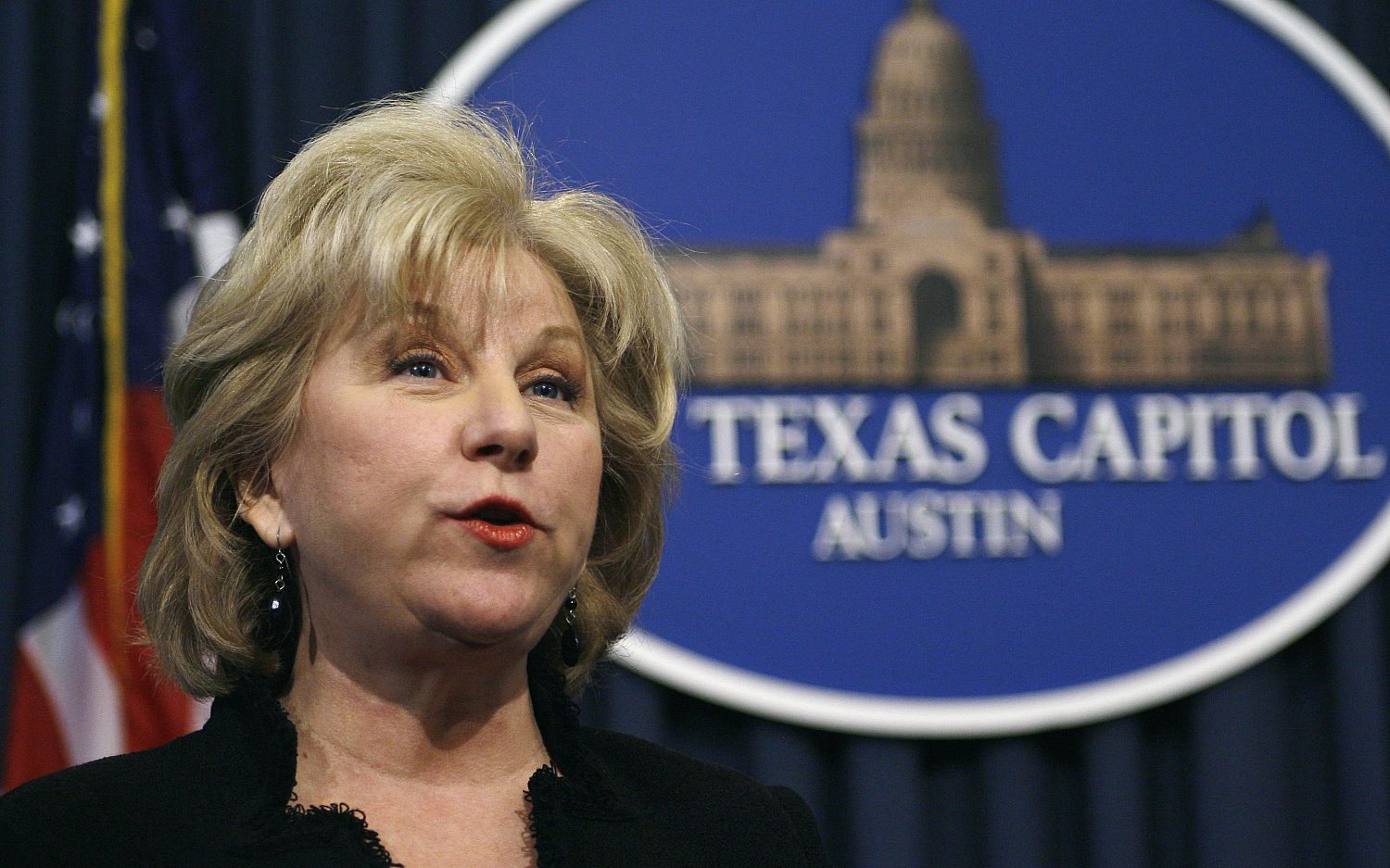On the bubble
Hysteria over the student loan credit crunch could prove misplaced
A rising fear among economic prognosticators supposes that the burst bubble of the housing market could prove a model for the collapse of another credit-based investment strategy on which millions of Americans are staking their financial futures: student loans. Ominous signs of instability litter newscasts and print media daily-large lenders pulling out of the market, climbing default rates, squeamish investing in student loan-based bonds.
But the reality may not match the headlines-at least, not yet. As students prepare to enter the fall term, little evidence exists to suggest large numbers of them have been unable to secure the necessary funds for rising tuition costs. For all the reports of a student loan squeeze, actual stories of squeezed students are difficult to find. Those tales of learn and loss could emerge in the coming weeks as first semester payments come due. But as yet, many colleges and universities are reporting record enrollment for the coming academic year
What then is all the fuss about? Lauren Asher, vice president for the Project on Student Debt, believes most concerns stem from confusion about the distinction between federal and private loans. She confirms considerable tumult within the private student loan sector, but contends that such problems need not generate wide alarm since the federal sector, which accounts for about 90 percent of student loans, remains strong and even increased its scope earlier this year with legislation to raise the maximum amounts of annual financing.
Thus, the impact of the student loan crunch, according to Asher, will more likely drive students to seek federal loans than abandon higher education. She views that migration as positive, given the better terms and more flexible payment structure of the government financing. Private loans, she says, are in a mess of their own making: "There are some parallels to the subprime lending in that people who really couldn't afford it were being sold very high interest loans without clear terms. They were very aggressively marketed direct to consumer with hard sells."
As with the subprime housing market, such high-risk, high-reward loans became the featured product of many private student lenders while the economy boomed. But now, as wallets thin and borrowers increasingly default, big name institutions are scaling back their offerings or dropping out of the private student loan market altogether. Bank of America, Citigroup, and Wachovia are among the dozens of lenders tightening their range and number of products.
Among private lenders still offering student loans, higher FICO score standards are pushing some prospective borrowers out of eligibility. Mark Kantrowitz, author of several books and online resources on paying for college, says the new requirements demand credit scores as high as 680 to 700, a challenging proposition for many college students.
And not everyone can simply shift over to a federal program. Academic ineligibility or parents unwilling to put the loan in their name are among the reasons the government's Parent Loan for Undergraduate Student (PLUS) program might remain out of reach. Kantrowitz estimates that 100,000 to 200,000 students (about 1 to 2 percent) could be left without financing options. But he also recognizes that the crunch could yield some positive effects in dissuading students from accumulating overly burdensome debt.
A cultural push for universal college attendance over the past two decades has spiked enrollment from about half of all high school graduates in 1980 to more than two-thirds today. That increase, combined with the nation's more recent fascination with credit, has helped drive the private loan industry from less than $2 billion annually in 1997 to more than $17 billion for the 2006-07 academic year.
Washington is scrambling to ensure that the private loan crunch does not derail rising enrollment numbers, which some analysts consider critical to a thriving economy. Sallie Mae, the country's largest education lender, recently announced plans to distribute $20 billion in government-backed loans for the coming year. College administrators and student lenders defend that push with statistics showing that academic degrees on average lead to higher pay grades. Of course, such numbers mean little to millions of degreed Americans who lack the earning power to knock out their student debt.
An actual newsletter worth subscribing to instead of just a collection of links. —Adam
Sign up to receive The Sift email newsletter each weekday morning for the latest headlines from WORLD’s breaking news team.




Please wait while we load the latest comments...
Comments
Please register, subscribe, or log in to comment on this article.